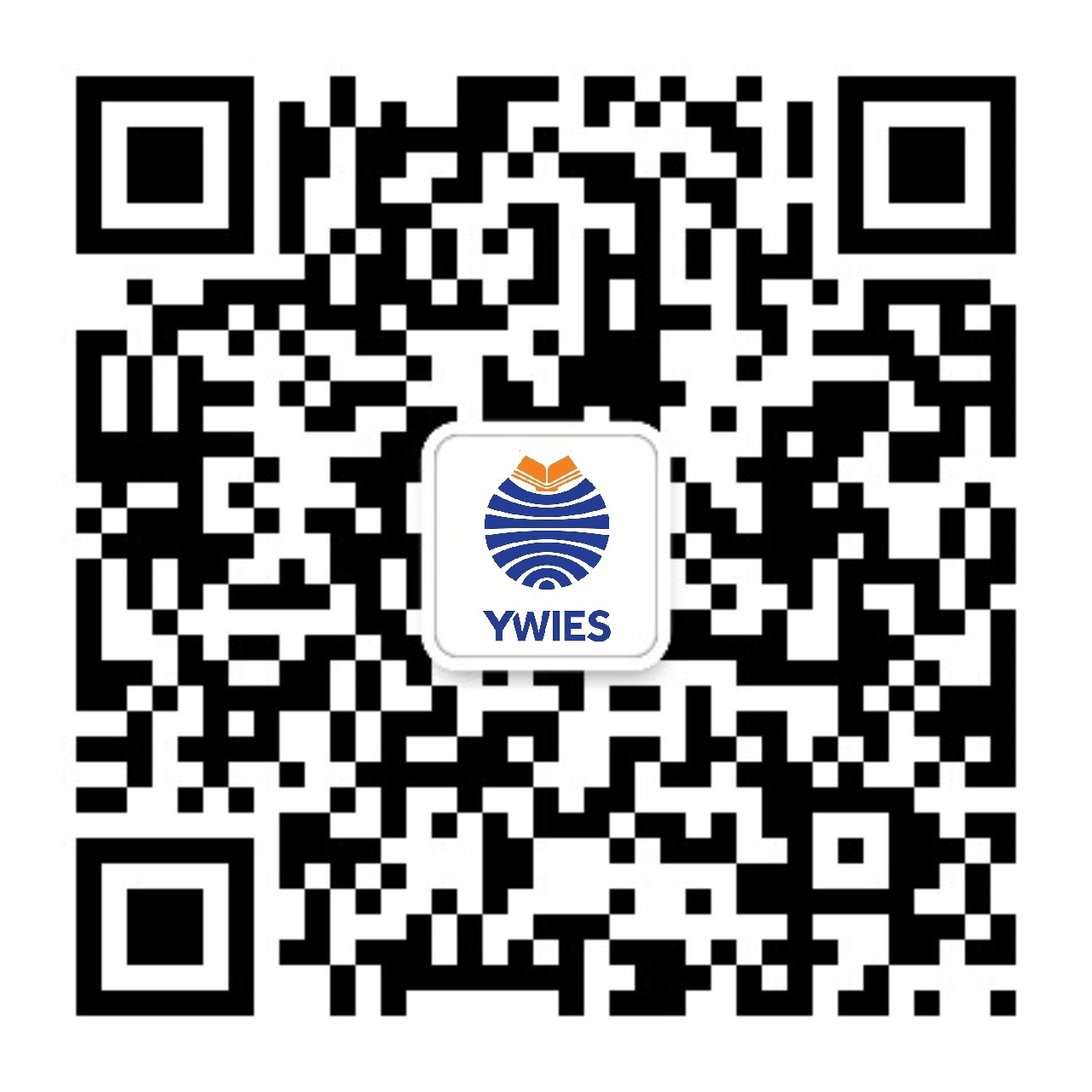Go Back
News
Wechat News
K2's Mushroom Show at YWIES Beijing
Wechat News
03 Jan, 2022
10 : 00
The youngest children joined YWIES-BJ in September 2020 and together they formed a class full of laughter and love called ‘K2 Kittens’! With the help and guidance of the teachers, the children of K2 Kittens quickly settled in to school life and made the school their second home.
When we came to explore in our learning community, a boy named Jason started to sing "Red Umbrellas, White Poles", while playing some musical instruments in the performance area. Some children spontaneously joined him after they saw and heard him.
Outdoor Activities
It was a lovely sunny day after the rain. The children came out to the big grass area. The children explored and found some mushrooms on the grass. Some children said "I'm going to pick some”, while some said "This is not edible because it's poisonous." Some used it as a little umbrella. Everyone is deeply attracted by the mushrooms on the grass.
Science
Subsequently, based on the children’s interest in exploring different parts of mushrooms, we learnt about the main structure of mushrooms and how they reproduce through reading picture books.
Then through further observation and learning, we learnt more about the structure of mushrooms, including cap, scales, gills, ring, stipe, volva, etc.
Through observation, exploration, planting and looking after mushrooms, we also learned that, unlike other plants that like warmth and sunshine, mushrooms prefer dark and humid places.
Through picking, planting, sharing, watching videos, reading books, viewing pictures, we also learnt about a lot of different kinds of mushrooms. Enokitake looks thin and long; coprinus comatus looks big and strong; shitake is round and round; oyster mushroom looks like flowers; button mushroom has a very smooth texture. And most importantly, toadstool is not touchable or edible, as it is poisonous.
Arts
The children spontaneously used clay and play-dough to make mushrooms. They made different kinds of mushroom, and also made different parts of a mushroom. They made the cap with cotton cloth, and they also stamped the scales. They also made and decorated the stipe with paper roll and pipe cleaners. The volva was made by cake holders. We also made a big mushroom using some autumn elements.
We also picked the mushrooms we grew together. The children spontaneously “smashed” the mushrooms and added some water to make mushroom soup. Together we cut out pictures of different kinds of mushrooms with scissors, punched holes in each picture, and patiently stringed mushrooms into mushroom sticks with straws. And then we made some sauce containers using magnetic blocks. We started to run our mushroom BBQ restaurant.
Home-schoolCooperation
We were supported by all of our parents throughout our "mushroom" learning journey. Some children grew mushrooms at home and brought them to school to share with us; some brought to school some mushrooms used as food ingredients at home; some children wore special mushroom hairclips to school; some children brought related picture books; and when seeing a "big mushroom” in the shopping mall, our child excitedly asked to take pictures with the mushroom and spontaneously shared with mom and dad what she learned about mushrooms in school... Both school and family learning environments contributed to our children’s growth and well-being.
Towards the end of our theme exploration, the children of K2 Kitten’s presented a wonderful ‘Mushroom Show’ for teachers and parents. The children enthusiastically gave out the ‘Invitation Letter’ to the teachers in the school office, as well as to the older children in our ECE department. They also introduced themselves and the time of the show to people they invited. At the same time, the teachers of K2 Kitten’s explained to children about some main duties of teachers from other departments of the school. During this process, children's language skills, self-confidence and sense of social responsibility have been improved.








